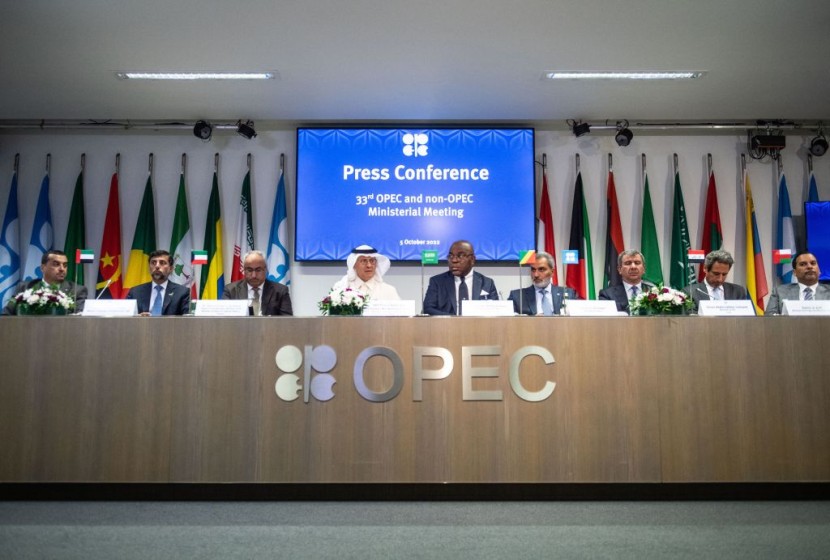
Inflation-infested economies fear the scheduled OPEC+ meeting, wherein a cutback in oil production could be the nail in their collective coffins. Before the meeting last Wednesday, the price per barrel rose as cuts in the production of oil were a definite outcome.
Oil Price Increase
At 9:56 a.m. on Wednesday, international benchmark Brent crude was trading at $91.98 per barrel local time (0656 GMT), indicating a 0.20% increase over the previous trading session's closing price of $91.80 for every barrel, reported Anadolu.
But the American benchmark West Texas Intermediate (WTI), buying and selling at $86.59 per barrel at the exact time, multiplied 0.08% after a previous session sealed at $86.52 a barrel.
Buyers eagerly anticipate the consequence of the oil producers' meeting on Wednesday, once the organization is presumed to shave production in November in connection with its forecasting.
As said by international media, the cluster is contemplating a decrease of up to 2 million barrels per day (bpd), which is greater than previously believed.
Experts believe a reduction in the production of this enormity could well squeeze the market, and an upsurge in Chinese demand can make the situation even stiffer. The OPEC+ have already agreed to slash oil production by 100,000 bpd throughout October.
American Petroleum Institute (API) also disclosed Tuesday afternoon that it presumed the US crude oil stockpiles to dwindle by more than 1.77 million barrels, especially in comparison to the market's anticipation of a 1.96 increase in the total, noted DMarket Forces.
Inventory cutbacks indicate an upsurge in US demand for crude. The US Energy Information Administration will publish the official oil statistics on Wednesday.
US Frets Oil Cuts at OPEC+
The gathering of the 24 oil-producing nations, including Russia, occurs as a huge part of the world now grapples with rapidly rising electricity prices, citing NPR.
Washington Democrats of Joe Biden are trying to sweet talk Saudi Arabia into agreeing to its terms of producing more oil before slaughter in the midterm elections if a cut in production occurs.
It is uncertain what kind of price increase a supply cut might end up causing. Approximately 100 million barrels of oil are widely consumed daily, and even removing just 1 million from circulation might have an immense impact.
Cuts on Oil Supply
Oil prices rose $3 per barrel on Tuesday due to reports of the suggested cut.
The potential action is viewed as an attempt by Saudi Arabia to assist prices, which had soared as high as $120 per barrel in the spring but began to fall due to concerns about such a painfully slow world economy. Prices fell to $90 a barrel during September.
Such an action could be interpreted as a repudiation of President Biden, who visited Saudi Arabia during the summer to seek a production boost.
Russia, which serves as co-chair of the organization, can profit from a significant decrease in oil output. Its energy earnings, which are now essential to its military effort in Ukraine, uphold its economic growth. Russia's manufacturing has not been significantly reduced, notwithstanding the punitive measures.
The OPEC+ and a potential cut in oil production is a death sentence to inflation-infested economies in the west like the US; an update is that the cut is now at 2 million barrels of oil per day.
Related Article: Bloc Leaders To Discuss Major Issues Including Energy Price Cap, Fallout from Loss of Stability and Security
© 2025 HNGN, All rights reserved. Do not reproduce without permission.








